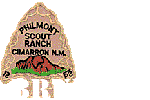Trail Day 5: Seally Canyon to Whiteman Vega
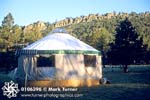
This was supposed to be our longest day on the trail according to Philmont logistics, so the Brumbys got up extra early and got on the trail at sunrise, planning to stop for breakfast later at the ghost town of Ponil Park.
It was a beautiful clear, almost cool morning as the crew hiked down the broad expanse of lower Seally Canyon into the rising sun. The boys all seemed to be in a hurry to hike, leaving their advisors to linger a bit behind and enjoy the views at a slightly more leisurely pace.
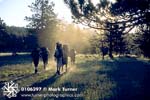
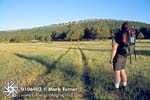
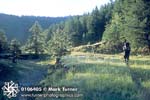
There was almost no water running in the grass-lined creek, and the canyon narrowed as we approached its junction with North Ponil.
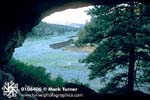
We had heard about a cave on the hillside at the mouth of Seally, but it was somewhat hidden and the boys blew right by. Marc and I explored a bit and found it, taking a few minutes to enjoy the view down North Ponil Creek where Seally joined it.
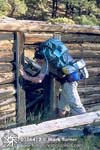
Ponil Park was once a bustling logging community, served by a railroad. We had trouble imagining much logging taking place in the thin forest surrounding the remains of the town, but once the trees were cut they didn’t grow back very fast in the dry climate. Several buildings were still standing to some extent, and we ate breakfast among the ruins of the old store and train station. Some of us visited the old cemetary and wanted to do more exploring of the ghost town, but the rest of the crew was anxious to get on the trail to Whiteman.
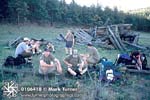
Our itinerary called for stopping at Ring Place to pick up food, so we turned up the broad valley in that direction. As we passed through the gate and approached the staff cabin we heard a loud "Welcome to Ring Place" drift across the meadow.
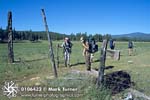
The Ring Place staff were among the friendliest we encountered anywhere on the trek. They readily agreed to give us just the food we needed for the day and let us pick up the rest on our way back south the next day. They had a big box of oranges with no limits on eating them. After five days of trail food, fresh fruit was most welcome. We hadn’t been scheduled for program at Ring, but the staff convinced us to stop the next day and take advantage of what they had to offer.
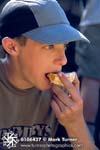
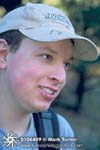
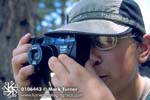
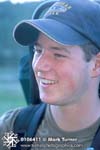
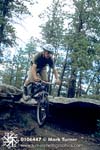
Whiteman Vega camp was out in the middle of a huge bowl surrounded by hills and mountains. We aimed for the windmill that marked the site and checked in at the bike shop yurt we found there.
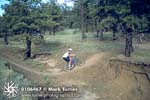
Rob and Rob were the staff guys, and we signed up for a late afternoon mountain bike ride with one of them. The topo map doesn’t show much radical biking terrain, but they had built a nice set of trails up and down the hills, through the woods, and across a gully where they had a natural half pipe with three levels of difficulty.

The focus of our ride was learning single-track techniques, so we stopped for instruction as we approached new challenges. Some of the boys were already experienced riders, but the rest of us appreciated the go-slow style.
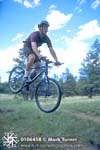
At one point Rob stopped us and pointed out a branch in the trail ahead. He said that under no circumstances were we to take the right branch, no matter what he did. We sped down the hill and watched Rob take a great jump as we pedaled the other branch with both wheels on the ground. I asked Rob if he would like to do the jump again for the camera and he happily obliged. Unfortunately, he got his balance wrong and came down too far forward, crashing spectacularly and writhing in pain. We felt sure he had broken something and were preparing to render first aid when he got up. After a short rest, he got back on his bike and took the jump again, nearly crashing a second time. That guy was tough.
Following our ride we returned to camp to relax, clean up,and make dinner. Our water supply was a windmill which filled a cattle tank. There was a diversion valve to channel water to a pipe so we could fill water bottles and buckets without getting cow slobber in our containers. Since the pump was run by the windmill, we could only get water when the wind was blowing. Not a problem in the evening, but the next morning we were glad we had filled up since the air was calm and no water was flowing.
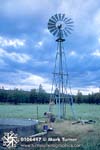
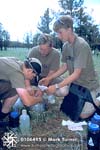
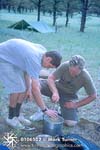
Dinner each night was a cooperative effort, with a couple of assigned cooks and sometimes a helper or two pitching in. The Philmont trail food was generally good and there was almost enough of it. As a crew of nine, we had food for ten.

